Coconut trees are known to grow even on a beach. Have you ever wondered if other fruit trees would do well in sandy soil? To quench this curiosity, we've conducted extensive research and found the answer to share with you.
Some fruit trees benefit significantly from sand, such as blueberries, cherries, citrus, dragon fruit, melons, persimmons, plums, and pomegranates. Sand generally makes the soil more acidic and permeable. It has some benefits, but too much or too little can lead to problems.
In this article, we'll discuss the characteristics of sandy soil that makes it beneficial to some fruit trees. Also, we'll quickly explain each fruit tree mentioned above that makes it suitable for sandy soil. Let's take a closer look for more details.
Will Fruit Trees Grow In Sandy Soil?
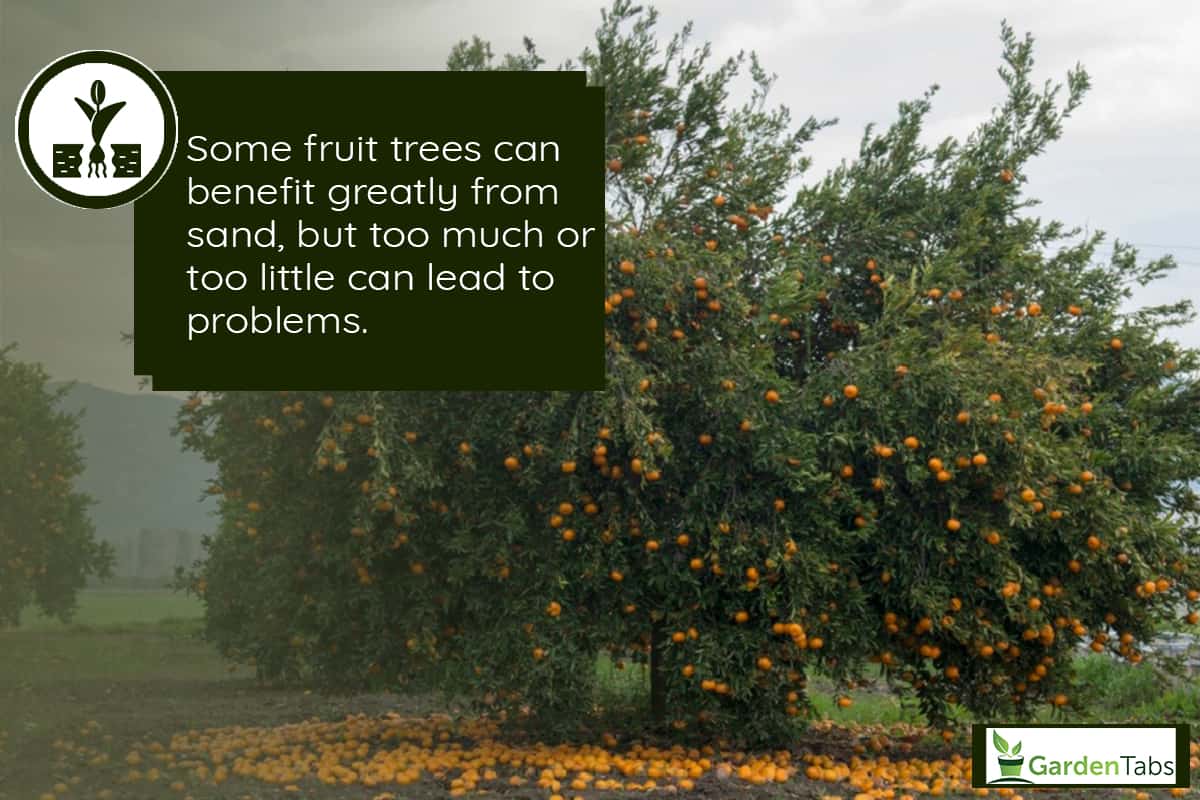
Fruit trees benefit from some sand because it helps break up larger soil clumps, encourages drainage, and adds acidity. Sand accumulation, however, can result in excessive drainage and nutrient leaching. Sandy, loamy soil with a blend of clay, sand, and silt is best for fruit tree cultivation.
Most of the silicon dioxide in the sand comes from quartz.
Sand is formed when rocks are weathered into smaller particles by erosion brought on by wind, rain, and freezing and thawing cycles. Beach white sand is a little different because it primarily contains calcium carbonate from marine life shells.
However, adding sand is a great way to lessen the alkalinity and poor drainage that come with clay, which is a problem for many owners of fruit trees. The large sand particles easily break up the clay's clumps of smaller particles.
Additionally, sand is a great way to change the soil's pH and make it more acidic because fruit trees typically prefer a slightly acidic soil pH of 5.5-7.
Fruit trees prefer a slightly acidic pH because it dissolves soil nutrients best and makes them available to the tree's root system.
What Are The Characteristics Of Sandy Soil?
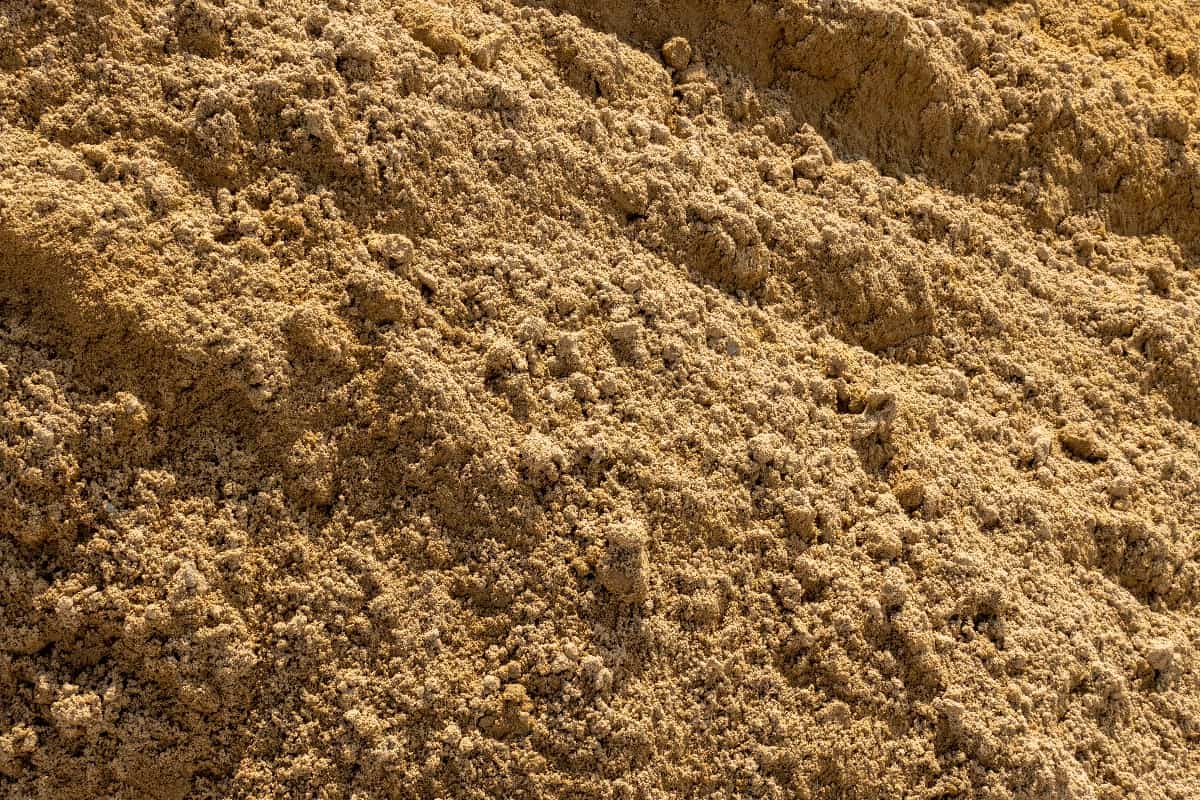
When selecting the best fruits to grow, it helps to understand the elements of sandy soils.
Here are some key features of sandier soils:
Retain Less Water
Compared to other denser soils like clay, sandy soil retains less water.
Most of the time, it dries up fast, but if it is on top of a rocky layer, the layer prevents the water from draining out, and the area might get waterlogged. To prevent plants from being waterlogged, drainage ditches may need to be dug if the soil is on the rock.
Works Well With Other Soils
There are also times when the sandy soil is on top of the loam or clay. But you need to dig holes to determine if this is the case.
If there is clay or loam underneath the sand, the soil can be particularly productive because the denser substrate holds nutrients and moisture close to the roots of the plants.
However, if the hole is completely covered in sand, the soil is probably less fertile and deficient in nutrients.
Needs Frequent Watering
Since sand does not hold onto water well, sandy soil requires more frequent but fewer doses of watering than other soil types.
Needs Frequent Fertilizing
Fertilizers work the same way. Because the sand does not effectively hold the nutrients, the plant needs more frequent but lower amounts of fertilizer.
Organic fertilizer can be incorporated into the soil to aid in retaining nutrients and moisture.
Adding smaller amounts of compost more frequently is preferable because it is challenging to accumulate organic compost in sandy soil in warm climates.
More Acidic
Sandy soils may be deficient in nutrients like calcium and nitrogen, which tend to wash away from them in regions with heavy rainfall. It may be necessary to regularly apply lime to the soil to balance its acidity due to calcium loss.
Using organic fertilizers in acidic soil can also help increase plant yields. You can gauge the acidity of your sandy soil using a pH meter. They offer accurate measurements and are reasonably priced.
Click here to see this soil pH meter on Amazon.
Other characteristics of sandy soil include its ability to warm up more quickly than denser soil types, its ability to drain well, its ease of digging, and the absence of many bacterial and fungal diseases that can affect plants.
Sandier soil makes weeding simple and reduces the likelihood of root rot.
What Kind Of Soil Is Best For Fruit Trees?
Well-drained soil with a sandy, loamy texture is ideal for fruit trees. A fruit tree may have trouble growing in soil with too much clay or rocks.
Mixing equal parts (¼ each) of sand, peat moss, compost, and perlite will achieve this. Together, they create a slightly acidic, rich, and well-draining soil ideal for fruit trees because sand and peat moss are acidic while compost and perlite have a neutral pH.
As we already discussed, the function of sand is in this post. What about peat moss, compost, and perlite? First is the peat moss, composed of decomposed fiber from moss and other peat bog life.
It is mildly acidic and has a large moisture-holding capacity.
Click here to see this peat moss on Amazon.
Next is compost, an organic material that has undergone decomposition. Compost is typically made of plant material but can also contain animal byproducts.
Depending on how the compost is made, it offers a variety of nutrients easily assimilated by plants and typically has a neutral pH.
For the majority of plants, this makes it a fantastic fertilizer substitute.
Click here to see this compost on Amazon.
Lastly is perlite, which is a mineral among volcanic glass types. It's probably been in commercial soil mixes like the little white rocks.
Perlite helps break up soil clumps and gives the tree roots aeration, lowering the risk of root rot.
Click here to see this perlite on Amazon.
What Fruit Trees Grow In Sandy Soil?
Instead of changing the soil's composition, it is much simpler to adjust your gardening to the ground you already have. While many plants struggle to thrive in sandy soil, a few do well in it and are worth looking into.
Blueberry Trees

Before planting blueberries, you should assess your soil. They prefer sandy loam soils that are acidic and well-drained. They do well in sandy soils because they need a well-drained soil environment and a shallow root system to survive.
If your soil is very sandy, you may need to add organic compost because it is advised that the ground contains more than 3% organic matter.
They sporadically need fertilization with phosphorus or potassium but occasionally need some extra nitrogen. The ideal pH for blueberries is 4.5, but if the soil contains a lot of organic matter, it can tolerate pH levels between 3.8 and 5.5.
Cherry Trees
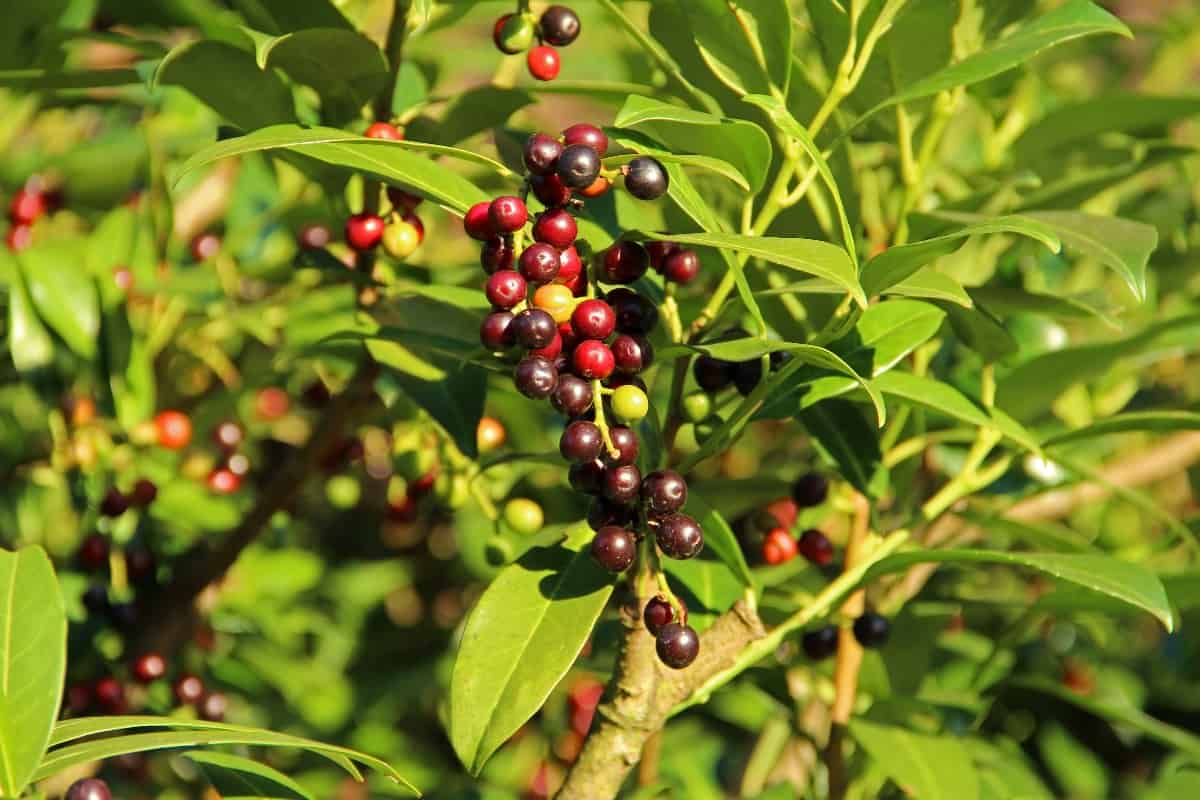
They dislike waterlogged soil and are prone to root rot. They thrive in rich, sandy soil that drains well and is moderately fertile. Soil amendment with organic compost will likely be required before planting.
Sweet cherries require fertilization once or twice a year and a pH range of 6-7. Because they are susceptible to root infections, they dislike fertilizers that contain excessive nitrogen.
Citrus Trees
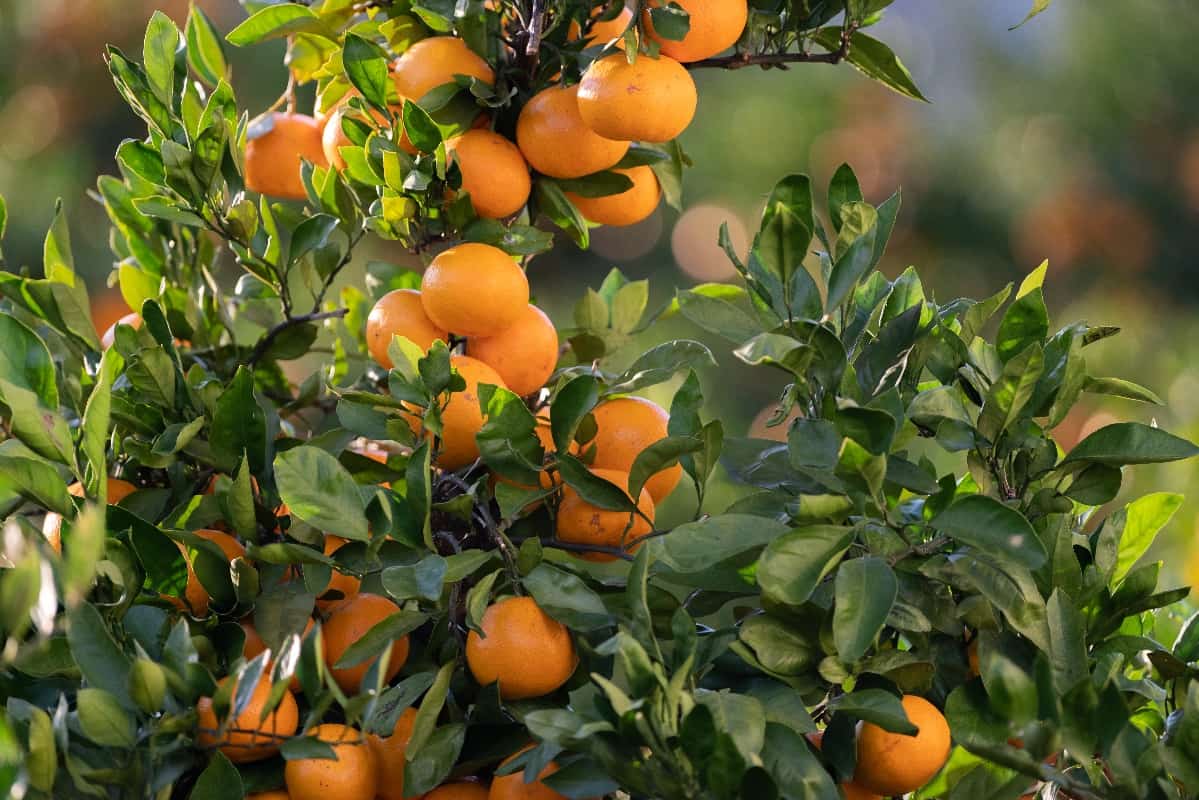
It is very successful to plant citrus in fertile sandy soil, including lemons, mandarins, oranges, grapefruit, and limes. They require full sun with no wind exposure and a neutral pH of 6-7.
The soil must have good drainage because citrus trees can withstand frost. Applying lime will make your sandy soil better for planting if it is too acidic.
Dragon Fruit Trees
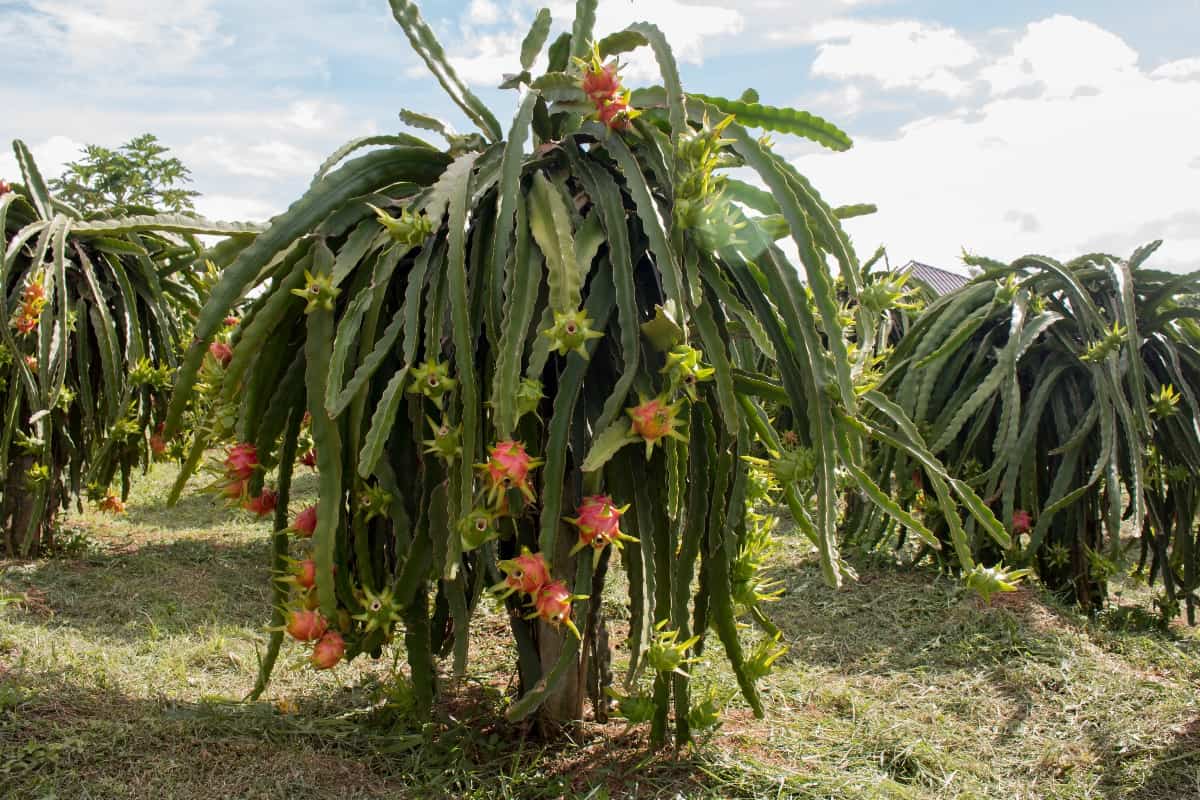
Sandy, well-draining soils with adequate irrigation are preferred for dragon fruits. Being a cactus, it is used to hot, dry weather and despises having wet feet.
The best dragon fruit yield comes from a pH range of 6-7.
Melon Trees
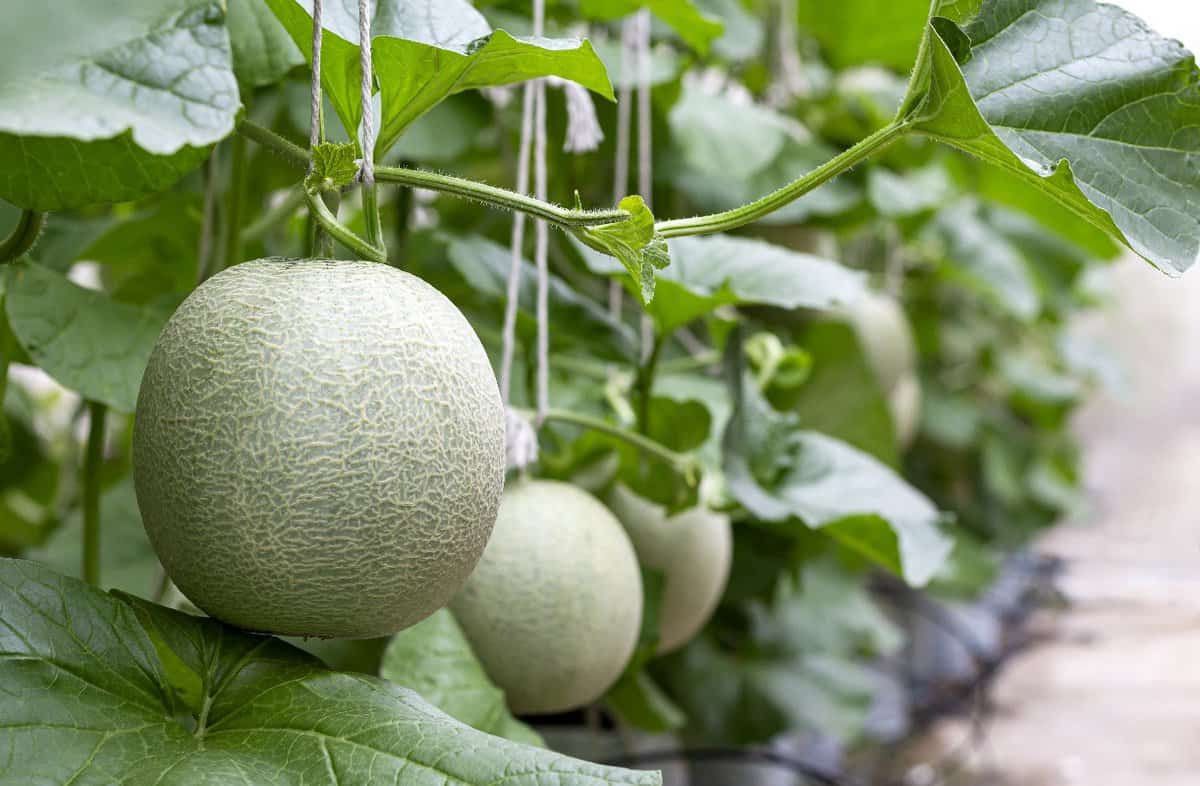
Melons, such as watermelons and muskmelons, are vine-grown fruits. They favor sandy loam soil with lots of sunlight and a good drainage system. The pH range of 6-6.5 is ideal.
Melons are susceptible to frost damage and require a long, warm growing season.
Persimmon Trees
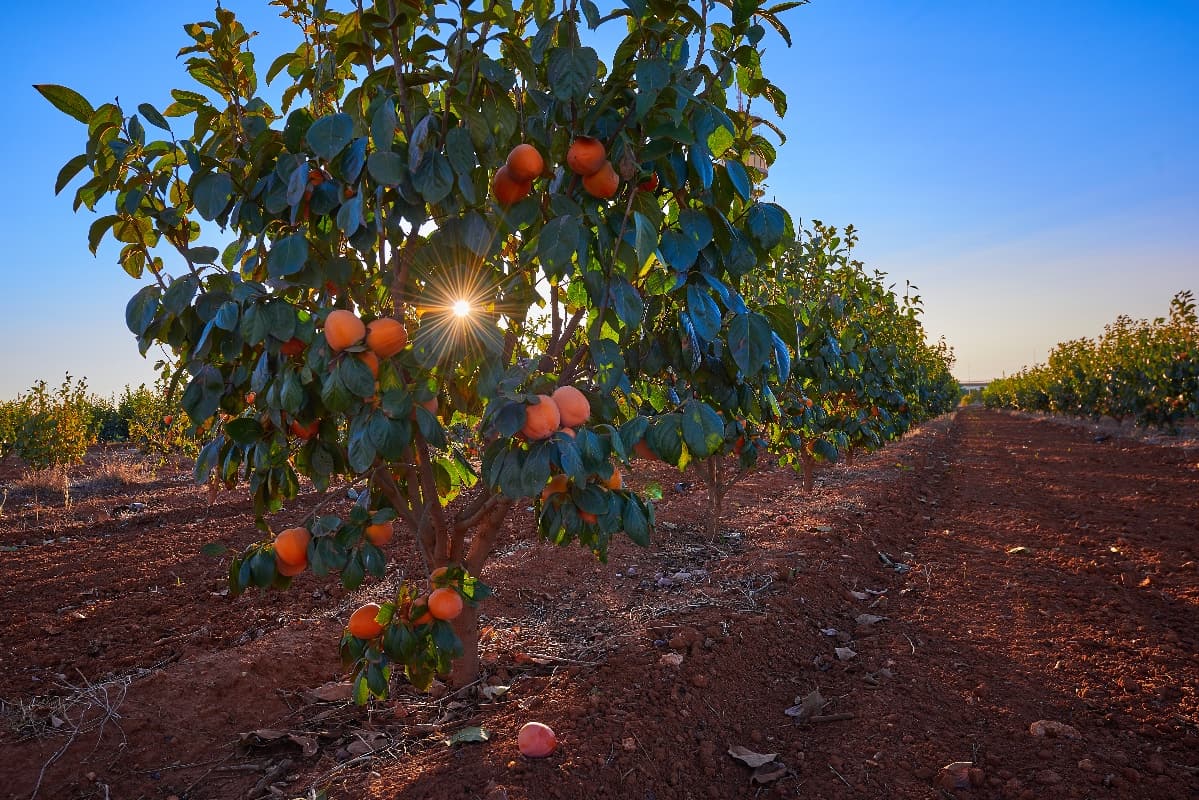
They can thrive in soils with a pH of 7, but these trees prefer a pH of 6-6.5.
They will require yearly applications of nutrients like nitrogen, potassium, and other elements that quickly leach out of sandy soils.
Since they can develop deep roots, it is best to avoid shallow irrigation to promote the growth of a robust root system.
Plum Trees
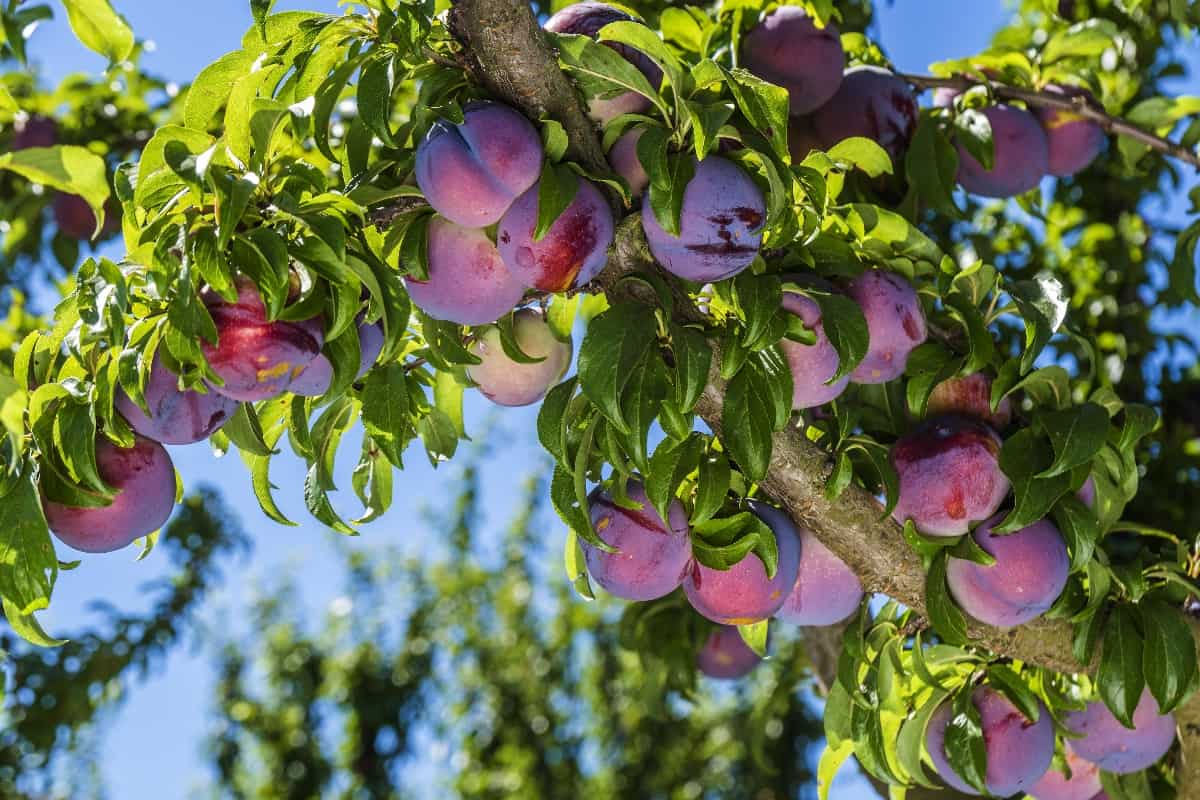
They don't do well in clay-rich, waterlogged soils. They prefer full sun and soils with a pH of 6-6.8 that are deep, well-drained, sandy loam.
The three basic varieties of plums are Japanese, Damson, and European. They can reach 16 feet, though dwarf varieties will be somewhat shorter.
Pomegranate Trees
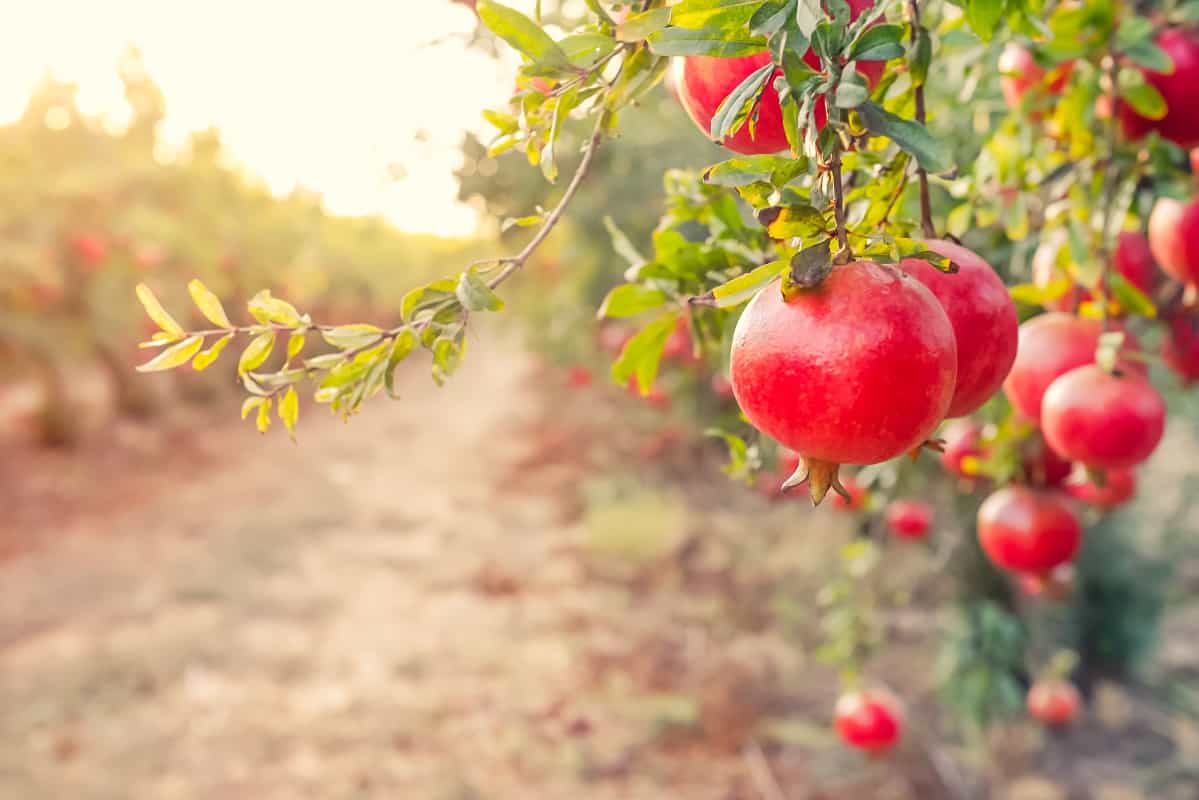
They can grow almost anywhere and don't mind sandy soil too much.
They prefer well-drained soil because too much moisture can cause root issues. If you want a good fruit harvest, you must apply fertilizer because nutrients leach out of sandy soil.
They can thrive in 4.5 pH acidic soil, but 5.5-7.2 is where they thrive best. Pomegranates need full sun to grow. Add some organic compost and topsoil to sandy soil before planting to help the soil retain moisture and nutrients.
To Finish
Several fruits prefer to grow in sandy, well-drained soil as long as enough nutrients and water are present. Blueberries, cherries, citrus, dragon fruit, melons, persimmons, plums, and pomegranates are a few of these.
Compared to other fruit trees, most of these trees prefer warm temperatures and can tolerate slightly more acidic soils.
Made it to the end? Check out these related posts:




